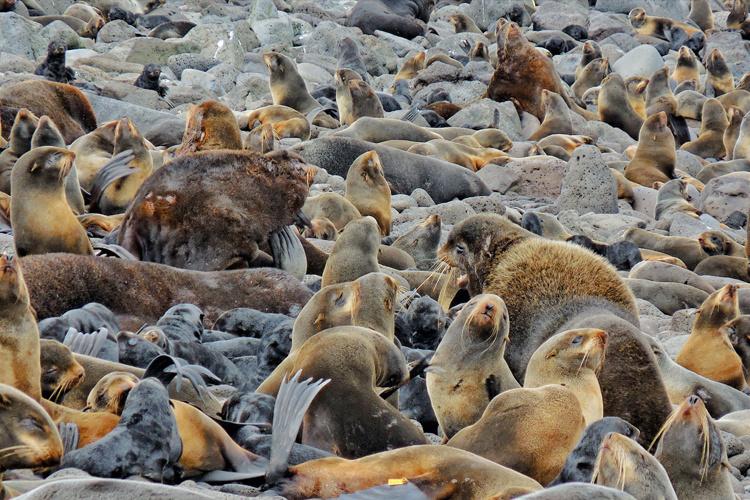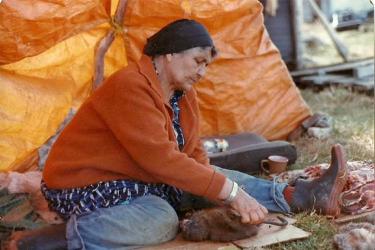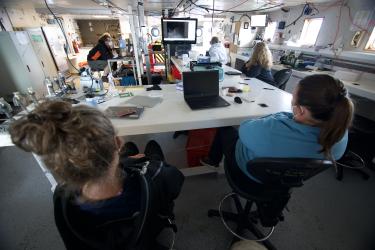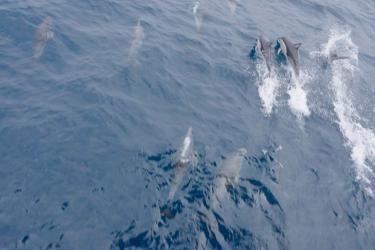We’ve been on St. Paul Island for a couple of days and have managed to get out seven tracking instruments on northern fur seals. Just like 2016,the work is being done on the northeast side of the island. By using the same tagging location, we will be able to compare years to look for a difference in both fur seal behavior and walleye pollock distribution.
Even though we are working at the same place, every year things are a bit different. All males are defending their harems (groups of females) from other male intruders. Capturing a female to collect biological data and attach a tracking instrument is always challenging. Each female responds to our capture box differently and so do the males. Some are more protective then others.
As with most research projects, observation is key. We spent much of the first day assessing the fur seal harems (location, size, female age distribution), learning the harem boundaries, and getting to know the personalities of the harem males. We’ve managed to identify the males that will allow us to set up at their harem boundary and safely capture the females we need to instrument. We’ve also had the opportunity to observe a number of births as pregnant females are arriving on the rookery daily.
Saildrones Expected to Arrive in Early August
The Saildrone was launched from Dutch Harbor, Alaska on July 16th and is currently making its way north to measure walleye pollock abundance and distribution east of St. Matthews Island. These data will be used to determine if future walleye pollock surveys need to be extended into this region.
The Saildrone will head to the fur seal foraging area around the second week of August and will survey this area for almost three weeks. We will use the real-time location data from the fur seals to adjust our survey plan to best fit the foraging area the fur seals are using this year.
Over the next few days, we’ll finish deploying the fur seal tracking instruments and then head back to Seattle. Although the deployment process is a bit slower this year, I think we’ll be able to get out all 16 instruments before it’s time to leave.
From Seattle, I’ll spend the next month monitoring the data as they come in and will share with you the latest information we’re getting from the fur seals!
Additional Resources
- Follow the Saildrone 2017 Mission
- Learn More About the Pacific Marine Environmental Laboratory Advances in Ecosystem Research
Meet the Blogger

Carey Kuhn is an ecologist at the Alaska Fisheries Science Center’s Marine Mammal Laboratory.
Carey joined the Lab’s Alaska Ecosystems program in 2007 after completing her Ph.D. at the University of California Santa Cruz.
Her research focuses on the at-sea behavior of northern fur seals.





